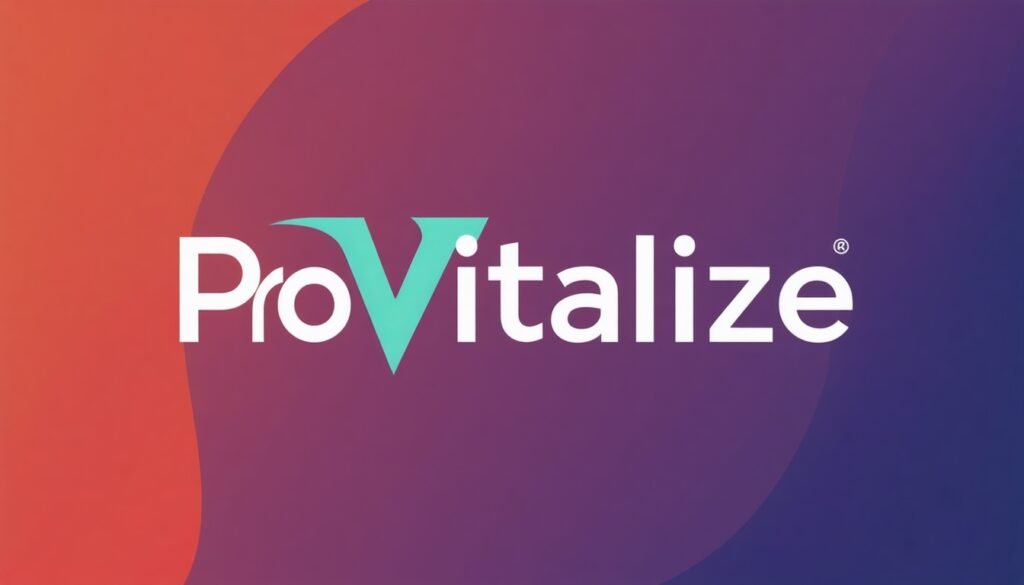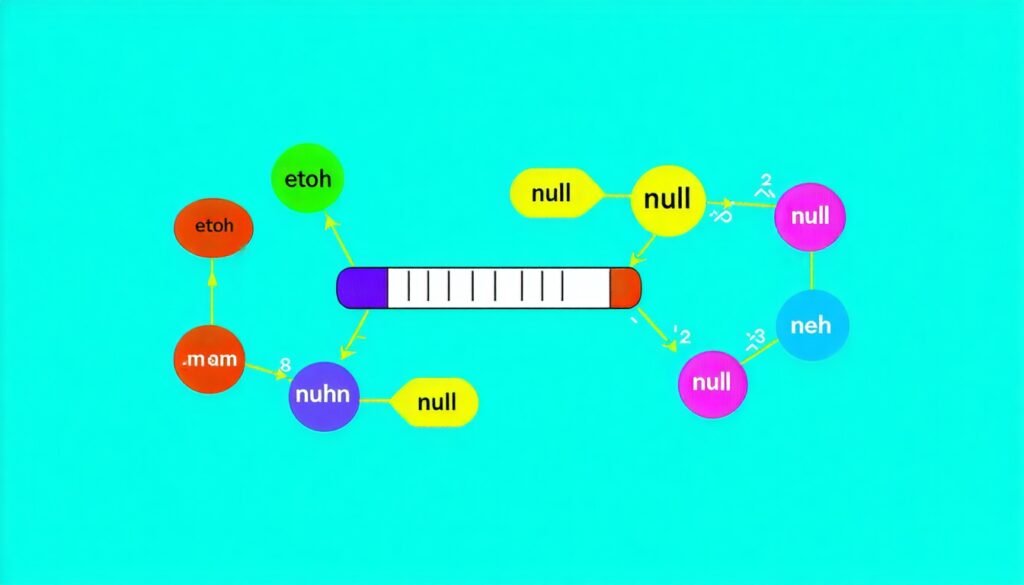Getting the Lowdown on Rhizotomy Procedures
All right, so rhizotomy procedures sound fancy and technical but boil down to something useful: kicking chronic pain to the curb by messing with nerve signals. These procedures focus on specific body parts and conditions to tell pain, “Not today!” Let’s break down the rhizotomy gigs and see what aches they can help vanish. Spoiler: it’s a lot.
Rhizotomy Procedures 101
- Glycerin/Glycerol Rhizotomy: Imagine this as glycerin getting sneaky on nerve fibers that need to get their act together. It’s the go-to for sorting out messes like trigeminal neuralgia and gives the ol’ middle finger to nagging facial pains.
- Radiofrequency Rhizotomy (Radiofrequency Ablation): Here, they zap those pesky nerves with a radiofrequency current — think of it as a laser show for your insides. This one’s perfect if you’re dealing with facet joint syndrome or a back that protests like a toddler.
- Endoscopic Rhizotomy: Picture a tiny camera on a mission to locate and snip the bothersome nerve fibers causing a fuss. It’s all about precision and sleekness, cutting down on face or peripheral nerve pains without much fuss.
What Can Rhizotomy Handle?
- Arthritis: If arthritis pain’s making a mess — especially in your neck or lower back — rhizotomy’s got your back. Quite literally. By nipping the needy nerves in the spine’s facet joints, saying goodbye to arthritis pain is on the table (Cleveland Clinic).
- Facet Joint Grumbles: Those joints causing a ruckus? Rhizotomy works like a charm when it targets the nags behind facet joint syndrome. It swoops in like a fairy godmother, addressing the pain’s trustworthy source and giving long-term relief a fighting chance.
- Trigeminal Neuralgia: Did you know the trigeminal nerve causes trigeminal nerve causes thoracotomy techniques can be lifesavers here, snipping away at the pain signals like a maestro to offer that sweet, sweet relief?
Understanding these rhizotomy moves and the troublemakers they set straight means doctors, long-haul pain sufferers, and everyone can pick the right rev-up to manage pain like a pro. Be in the know and kick chronic pain’s butt — because everybody deserves a shot at a more straightforward, pain-free ride.
Cervical Rhizotomy: What’s the Buzz?
Let’s chat about cervical rhizotomy. Now, I know you’re not looking for a deep dive into medical textbooks, so here’s the deal: it’s a nifty procedure that helps folks who are fed up with that nagging pain in their neck or lower back. We’re talking about those pesky nerve roots hanging out in the spine’s facet joints and how this procedure aims to ease conditions like arthritis and facet joint syndrome.
What’s the Game Plan?
So, when it’s time for a cervical rhizotomy, here’s what goes down: a skilled doc uses some pretty smooth, minimally invasive moves to get to those nerve roots causing grief. The goal? Interrupt the painful signals headed to your noggin so you can score some profound relief. And get this: the good vibes can last for years until those nerves regroup. They use some high-tech gadgets to make sure they’re on target. Whether you’re more of a nodding-off-on-general-anesthesia kind of person or just a local anesthesia fan, they’ve got you covered.
Why is This a Win?
Here’s where things get exciting. With cervical rhizotomy, you might be waving goodbye to discomfort for a good spell. The fantastic folks at Cleveland Clinic give a thumbs up, saying most folks come out happier after going through it. But, let’s be honest, we’re all a bit different so that results can vary. You get a hot shot at reclaiming your life and movement without that nagging pain holding you back.
Cervical rhizotomy is just one star in the whole rhizotomy show for dealing with long-lasting pain or out-of-control nerve action. Why settle? Check out all your options, chat them over with your doc, and find what makes your life much better. If you’re curious about what else is out there or what you should weigh before taking the rhizotomy plunge, hop over to our section on alternative treatments.
Recovery and Potential Complications
After a rhizotomy procedure, it’s pretty important to know what the recovery feels like and be aware of any bumps in the road that might show up once you’re out of surgery.
Recovery Process After Rhizotomy
Getting through a rhizotomy recovery is usually a smooth ride. The operation wraps up in just a few moments, but you’ll be chilling in the recovery room for a few hours to ensure everything’s A-OK. As per Johns Hopkins Medicine, it’s not uncommon to feel a bit sore or swollen or see some bruises show up where the deed was done.
The bright side? Most folks are back to their usual routines in a day or two. How quickly you return to work depends on how you handle the anesthesia and what was done during the procedure. Even though there might be a bit of discomfort tagging along, many find that nagging pain they’ve been dealing with takes a hike real fast.
Risks and Complications
These rhizotomy procedures mostly don’t rock the boat too much. They’re seen as safe, quick, and not too intense on your body’s tissues, meaning less fuss and lower chances of infection, bleeding, or other surgical woes, as noted by the Los Angeles Minimally Invasive Spine Institute. With just a few tiny pokes, they don’t disturb your insides too much, making recovery less hassle.
That said, keeping some potential hassles on your radar post-rhizotomy is a good idea. Things to watch out for include:
- Infection where they worked on you
- Allergic reactions to meds or the anesthesia
- Nerve trouble
- Bleeding or clots hanging around
- Lingering pain or discomfort
Follow your doctor’s orders—no shortcuts—to keep things on track and sidestep any post-op hiccups. Give your medical team a ring immediately if anything feels off or bothersome.
Having a handle on the road to recovery and what might need attention can make the journey smoother. Staying observant and taking charge of your care after the surgery can crank up your recovery vibes and get the most out of this pain-busting technique.
Efficacy and Success Rates
Thinking about how well rhizotomies work for chronic pain? It’s worth diving into how often they hit the mark and what lies down the road with these treatments.
Success Rates of Rhizotomy
How well these procedures work can swing based on what kind you’re getting and the patient’s unique situation. The Cleveland Clinic points out that many folks find relief from pain or feel their muscle issues ease up. But let’s keep it accurate—some might not see a difference.
The procedure’s success rides on things like why you’re hurting in the first place, where those pesky nerves are located, and how you’re doing health-wise. Doctors need to get the complete picture of what’s going on and tweak the plan to give it the best shot at working.
Potential Long-Term Results
Rhizotomy might be a game-changer for many, easing pain and brightening the daily grind. Johns Hopkins Medicine mentions it can tackle trigeminal pain, surgery scars acting up, and peripheral nerve problems. But here’s the thing—even though it might offer long-term relief, that pain might sneak back as nerves come back.
When that happens, you might need to think about other ways to keep pain at bay—maybe another round of rhizotomy, trying a new method, or even going for decompression surgery.
Having a handle on how often these procedures work out and how long they keep the pain away helps both patients and doctors figure out the best move for chronic pain. Rhizotomy stands as a solid choice for those steering clear of the pills and their nasty side effects and dependency traps.
Alternative Treatment Options
Before undergoing that rhizotomy procedure, it’s worth considering all the angles and other options that might suit your situation. Knowing your options makes playing the pain management game a bit easier and gives you more power.
Consider Before Jumping to Rhizotomy
Pumping the brakes before a rhizotomy is smart. Lay it all out: the good, the bad, and the possible curveballs. Know why you’re hurting and what life after rhizotomy looks like, and talk through all possible gigs with your doctor. Think about how much pain you’re ready to deal with, how fit you are for the long haul, and if you’re in for the post-op grind.
Having a chat with a pain specialist or a neurosurgeon is a solid move to see if rhizotomy is really your best bet. Getting another doctor’s take, looking through any scans, and gabbing about what life will be like afterward are all part of making a solid call.
Alternative Treatments
Before signing up for rhizotomy, there are plenty of other gigs that might help manage chronic pain:
- Physical Therapy: Do some exercises or physical therapy sessions to boost flexibility, strength, and a wider range of motion. These sessions can dial down pain and potentially avoid surgery.
- Medication Talk: Team up with your healthcare crew to put together a mix of meds with stuff that kills pain, chills inflammation, and gets rid of muscle spasms and nerve issues.
- Injection Options: Look into getting an epidural, nerve blocks, or trigger point shots to hit pain where it lives and get some temporary relief.
- Acupuncture and Massage: Trying out acupuncture and massage therapy might help you relax, get the blood going, and ease up on muscle knots, which can seriously lessen pain.
- Mind-Body Moves: Getting into the zone with mindfulness, yoga, therapy that works on thinking, or just chilling out can help manage stress and improve pain management.
By playing it cool before going the rhizotomy route and giving other treatments a shot, you’re being your own best advocate in the pain game. It’s all about chatting with your healthcare folks to cook up a pain management plan that aligns with your goals and improves your day-to-day life.
Medical Perspectives on Rhizotomy
To truly understand rhizotomy procedures, it’s best to mix medical knowledge with personal tales from those who’ve actually gone through them.
Medical Community Insights
Doctors are like the unsung heroes in the story of rhizotomy. They’re the ones who dish out this particular treatment for people wrestling with chronic pain. Picture rhizotomy as a crafty minor surgery that hones in on those pesky nerves that keep sending pain alerts to your noggin. Its goal? To hush those signals and, in turn, help patients reclaim a chunk of their lives that pain had stolen from Johns Hopkins Medicine.
You’ve got options with rhizotomy: there’s Glycerin/Glycerol Rhizotomy, Radiofrequency Rhizotomy, and even Endoscopic Rhizotomy. These methods can come in handy for tricky spots like trigeminal neuralgia, tingly arm pain from a brachial plexus gang, and peripheral neuropathy Johns Hopkins Medicine. Done right, and with a bit of anesthesia magic, doctors use image-guided equipment that zeroes in on the nerves they plan to silence.
When doctors map out a patient’s treatment plan, they take a long look at the type of pain, the patient’s backstory, and whether rhizotomy is up to snuff for their needs. Thanks to tech geeks and researchers, the medical industry is continually tweaking rhizotomy, aiming to boost its performance and patient safety.
Patient Experience and Outcomes
Swapping tales about rhizotomy with those who’ve been there and done that offers a peek into what it’s like. Suppose someone’s dealing with herniated discs, spinal stenosis, or pesky facial nerve pain (hello, trigeminal neuralgia). In that case, they might find rhizotomy to be the fairy godmother of pain treatments, giving them back a slice of everyday life Los Angeles Minimally Invasive Spine Institute.
Rhizotomy sounds promising, but how each body says “thanks” can be a mixed bag. Sometimes, those pain levels drop, and it’s a happy day. Other times, the darn nerve might stage a comeback, regrowing and cranking the pain back up Johns Hopkins Medicine. At this junction, medics might huddle with the patient to whip up Plan B, tossing around ideas like doing another rhizotomy, trying a different type, or even considering decompression surgery, all aiming to suit the patient’s situation just right.
By weighing the pros and cons of medics and patient stories, folks pondering rhizotomy get a fuller picture of its role in the pain-busting toolkit. With doctors and patients teaming up and talkin’ it out, they can ride the rhizotomy rollercoaster together, making informed decisions along the way for the best shot at easing pain and nudging patient well-being in the right direction.











